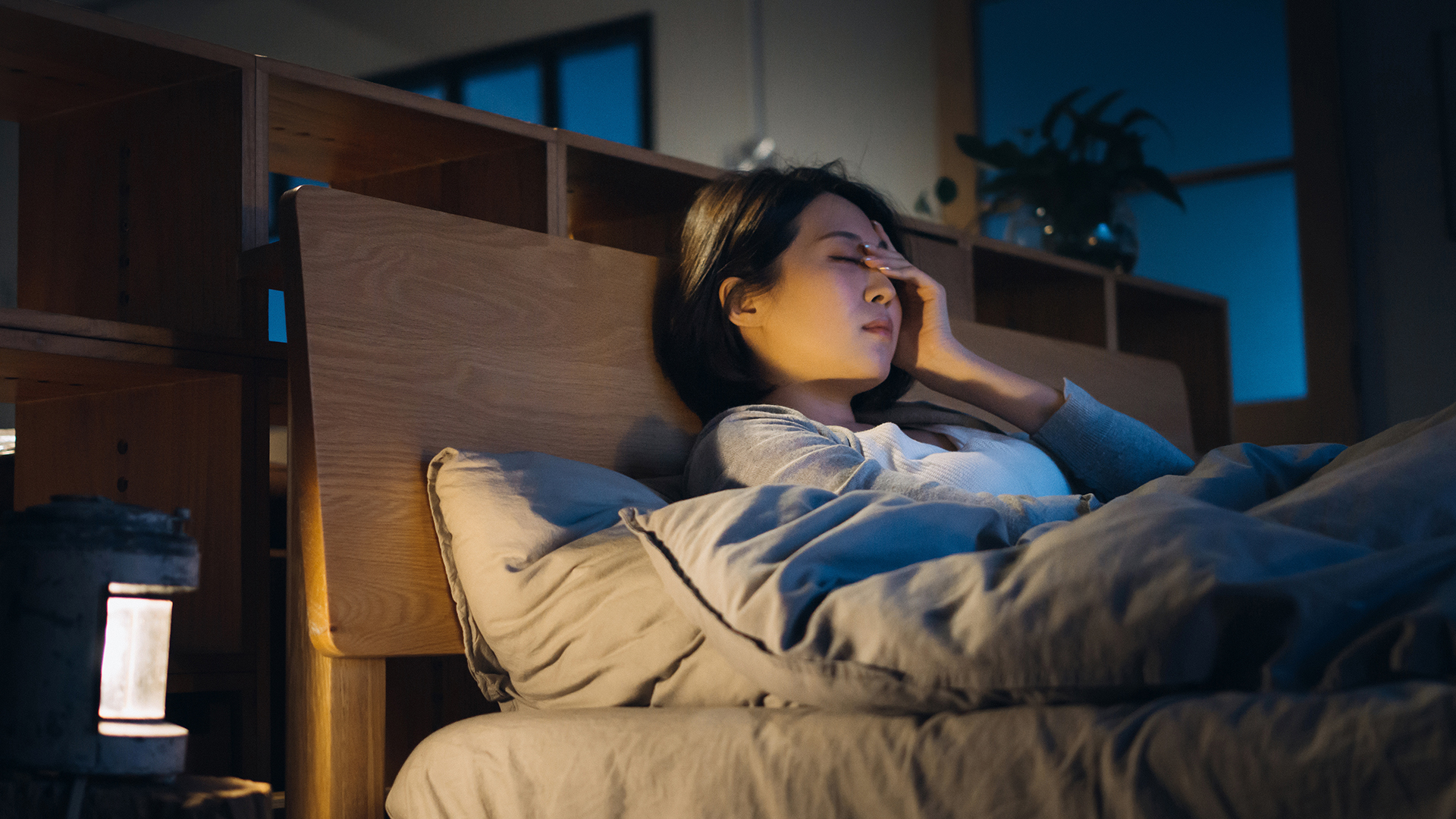
A sleep disorder that scientists previously believed was rare might be more common than originally thought. The condition is marked by feeling sleepy during the day despite having a good night's rest.
In a new study, scientists analyzed sleep data from nearly 800 people and found that 1.5% of them likely had idiopathic hypersomnia, a debilitating neurological condition that causes people to feel an excessive need to sleep and leads them to sleep a lot yet still feel sleepy during the day.
That 1.5% amounts to 12 people in the study — a rate significantly higher than previous studies suggested. For instance, an estimated 37 people per 100,000 were diagnosed with the condition in the U.S. in 2021 — or 0.037% of the population. However, scientists think the condition is likely underrecognized due to a lack of awareness and because "expensive" and "time-consuming" sleep testing is needed to make a diagnosis, Dr. David Plante, co-author of the new study and an associate professor of psychiatry at the University of Wisconsin-Madison, said in a statement.
These new estimates, published Wednesday (Dec. 13) in the journal Neurology, may help raise awareness of the disorder.
Related: Scientists may have found the missing link between heart disease and sleep problems
"Our results demonstrate that idiopathic hypersomnia is relatively common, more prevalent than generally assumed, so there is likely a sizable difference between the number of people with this disorder and those who seek treatment," Plante said in the statement.
"Further efforts to identify, diagnose and treat those impaired by idiopathic hypersomnia are needed," he added.
Plante and colleagues analyzed data on sleep patterns in 792 people from the ongoing Wisconsin Sleep Cohort study, which is investigating sleep disorders in 1,500 Wisconsin state employees. They looked at data from two types of lab test that doctors use to diagnose idiopathic hypersomnia: polysomnography, in which bodily functions such as brain activity and heart rate are measured during sleep, and the multiple sleep latency test, which assesses how quickly someone falls asleep during daytime naps.
The researchers also asked the participants questions, such as how tired or fatigued they felt during the day, how long they spent napping and how long they'd normally sleep at night, both when they had work the next day and when they didn't.
Based on these data and using current diagnostic criteria for idiopathic hypersomnia, the team concluded that 12 people likely had the condition. These individuals generally experienced more severe sleepiness during the day, even when they slept for the same or longer amounts of time than others.
On average, these people fell asleep around nine minutes quicker at night and six minutes quicker in the day compared with those deemed unlikely to have the condition. They also scored higher on a sleepiness survey, which included questions on their likelihood of dozing off while sitting or talking. On average, the people who researchers thought likely had idiopathic hypersomnia scored around 14 points on the survey, compared with 9 for those without the condition. A score below 10 usually amounts to having an average amount of sleepiness during the day.
The researchers had data on daytime sleepiness from 10 of the 12 people with probable idiopathic hypersomnia. They found that most of the 10 had experienced excessive daytime sleepiness for around 12 years, meaning their symptoms were chronic.
However, the team discovered that this sleepiness eventually went away for four of the 10 people, which suggests that the condition can sometimes remit, Plante said. More research is needed to understand what leads to remission in these cases.
Larger studies are needed to confirm these initial findings about the potential prevalence of idiopathic hypersomnia, as well as to investigate sleep patterns in a wider range of people. For instance, the study only looked at people who were employed, but those with idiopathic hypersomnia can sometimes struggle to find or keep a job.
It's therefore possible that the condition is even more common than these new estimates suggest, the authors wrote in the paper.
"Additional research may also clarify the causes of idiopathic hypersomnia and lead to new treatments," Plante said. Current treatments alleviate only the symptoms of the condition, rather than treating its underlying cause; for example, stimulants might be prescribed to help patients to stay awake during the day.
This article is for informational purposes only and is not meant to offer medical advice.
Ever wonder why some people build muscle more easily than others or why freckles come out in the sun? Send us your questions about how the human body works to community@livescience.com with the subject line "Health Desk Q," and you may see your question answered on the website!







